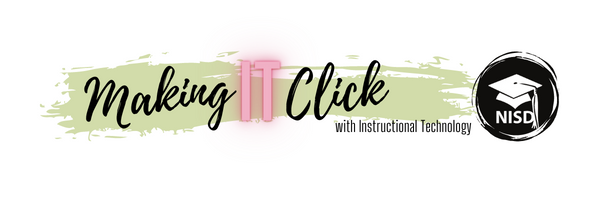 Seventh graders in Mr. Crawford’s science class, at Medlin Middle School, recently took a closer look at their inner selves. Literally! In studying the systems of the body, students participated in a dress up day. Their “costume” would be one of the eleven systems of the body they recently studied in class. Using various supplies to represent and label the major organs of a body system, the entire campus was able to see detailed visuals of the learning taking place in Mr. Crawford’s classroom.
Seventh graders in Mr. Crawford’s science class, at Medlin Middle School, recently took a closer look at their inner selves. Literally! In studying the systems of the body, students participated in a dress up day. Their “costume” would be one of the eleven systems of the body they recently studied in class. Using various supplies to represent and label the major organs of a body system, the entire campus was able to see detailed visuals of the learning taking place in Mr. Crawford’s classroom.Additionally, students were challenged to assume the role of a scientific graphic designer. Their task was to create a digital flyer that represented their new learning of the systems of the body. Working in groups of three and four, students began researching and designing. Initial planning for the flyer took place in Google Slides. Using information gathered through their research, students were able to collaboratively contribute their portion of the project to a shared presentation before moving on to their final product. Eleanor especially enjoyed researching the body systems online stating, “it helped me enhance my learning by giving me endless answers compared to what you get out of a textbook, which is limited information.”
It was also an expectation that their digital flyer would include an original video created by the group. The video should contain information about the body system they researched, and could be presented through a variety of methods. Some groups chose to interview a professional in the field, while others created music videos or newscasts. Fliers included content from their research and images too.
 When asked what he enjoyed most about the project, Luke said, “the best thing about using technology in class is that it makes things much easier and quicker. It changes the way I learn by engaging me more and getting me more interested in the project.” Dodge said he especially enjoyed, “interacting with his group in Google and FaceTiming with them while working in Smore.”
When asked what he enjoyed most about the project, Luke said, “the best thing about using technology in class is that it makes things much easier and quicker. It changes the way I learn by engaging me more and getting me more interested in the project.” Dodge said he especially enjoyed, “interacting with his group in Google and FaceTiming with them while working in Smore.”It’s no surprise that all students walked away from this project knowing so much more about themselves than when they began. They also walked away with a number of skills that will enable them to function in a digital world, as referenced in the ISTE Standards for Students.
Additional student can be viewed using the links below:

No comments:
Post a Comment
Note: Only a member of this blog may post a comment.